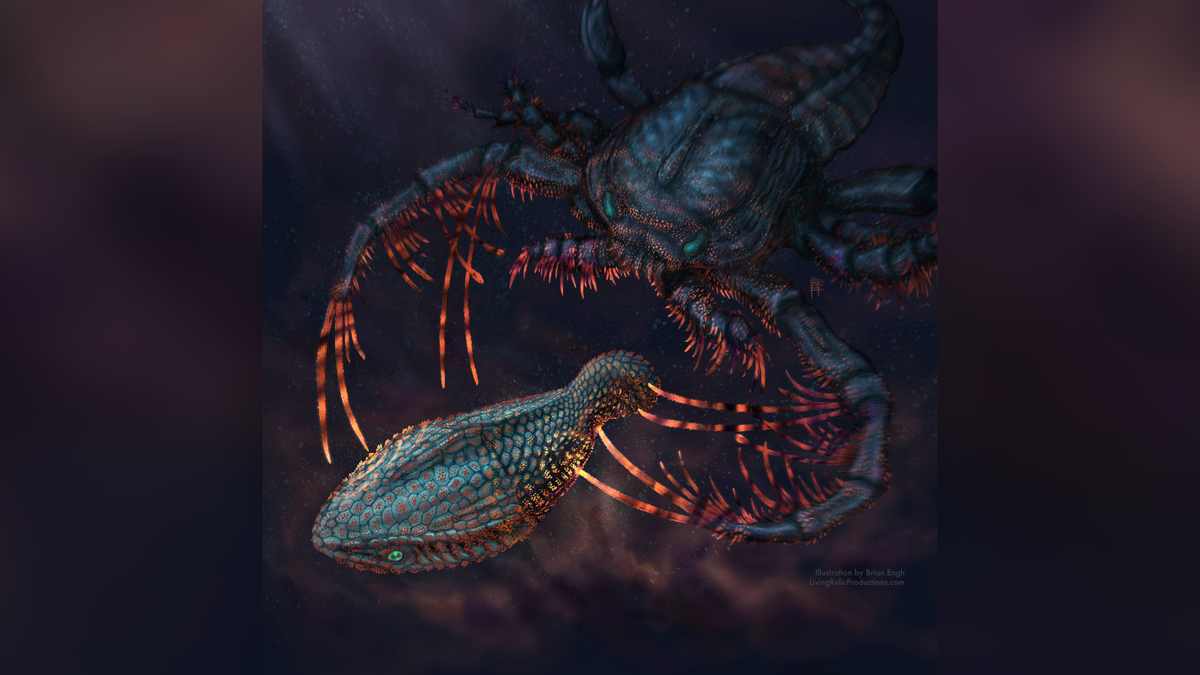Now Reading: Teeth Evolved from Fish Armor 460 Million Years Ago, Scientists Reveal
-
01
Teeth Evolved from Fish Armor 460 Million Years Ago, Scientists Reveal
Teeth Evolved from Fish Armor 460 Million Years Ago, Scientists Reveal

Speedy Summary
- Scientists discovered that sensitive human teeth evolved from sensory structures in ancient fish body armor.
- The study revealed a genetic link between the exoskeletons of extinct fish and human teeth.
- the research focused on fossils from Cambrian and Ordovician periods, particularly on species like Anatolepis heintzi and Astraspis.
- Using high-resolution CT scans, researchers found dentine – a calcified tissue – embedded in external bumps of ancient fish armor.
- A. heintzi, initially thought to be a vertebrate fish due to dentine-lined pores, was identified as an invertebrate arthropod.
- Findings show that the same mineralized tissues used for sensing in early vertebrates led to the evolution of sensitive teeth over 460 million years ago.
Images Included:
- An artist’s rendering depicting prehistoric animals (Astraspis and Megalograptus) with sensory exoskeletons.
- CT scan showing tubules filled with dentine (green) inside fossil bones of ancient jawless fish (Astraspis).
Read More: live Science Article
Indian Opinion Analysis
This study highlights evolutionary science’s ability to trace origins across vastly different biological systems, deepening our understanding of basic traits like sensitivity in human teeth. For India-home to diverse landscapes where paleontological studies thrive-it underscores the untapped potential for scientific investigations into India’s rich fossil record spanning millions of years.
By encouraging investments in research technology such as high-resolution imaging methods seen here, Indian institutions could contribute significantly to global discoveries while advancing local knowledge about prehistoric lifeforms unique to this region. Further, understanding evolutionary connections may aid advancements across dental sciences or biomimetic engineering applications worldwide, sectors where India is emerging as a contributor through education and innovation networks.
























